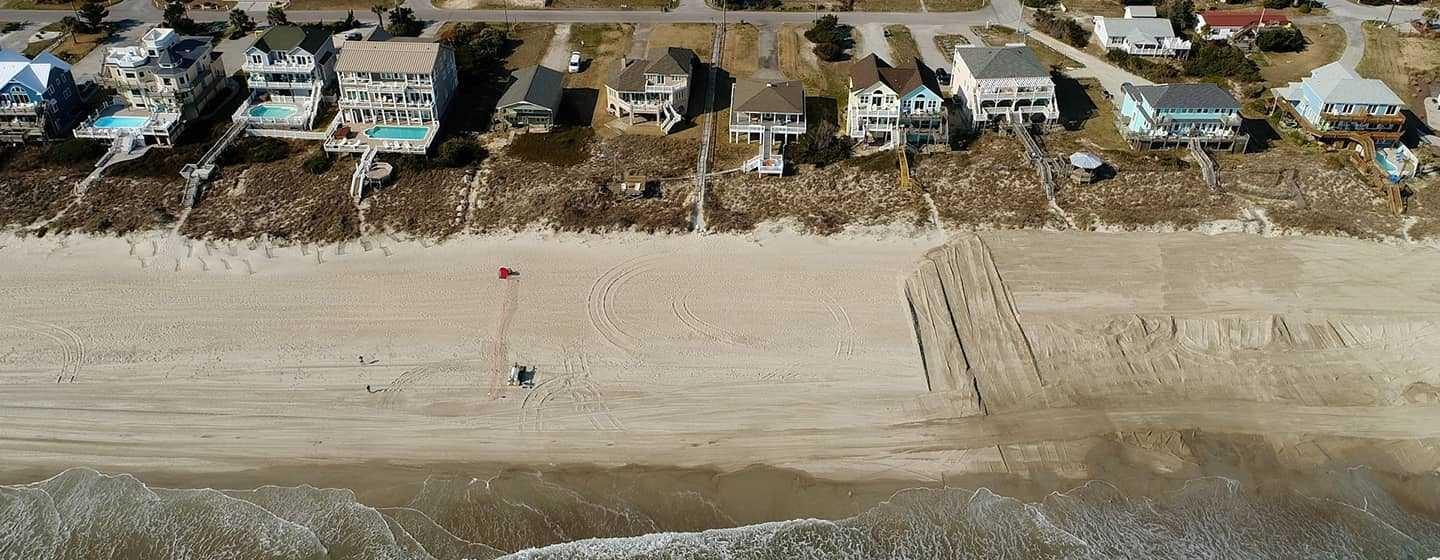Rising Sea Levels Threaten Coastal Septic Systems


It appears the rising sea levels are making it more difficult to take care of what all of us leave behind.
That’s because sea level rise means rising groundwater levels, and that spells trouble for coastal septic systems.
Individual homes in coastal communities often are built with onsite wastewater treatment systems, commonly called septic systems. There are about one million such homes along the NC coast.
To work well, septic systems rely on unsaturated soils to filter wastewater and direct the flow away from homes. However, in some communities, because the shallow groundwater table is rising, the septic system won’t work as well.
“Typically, when a septic system is permitted in North Carolina, it needs about one and a half feet of unsaturated soil below the system,” said Michael O’Driscoll, Associate Professor of Coastal Studies at East Carolina University. “But as groundwaters are rising, you can have a mixture of groundwater and untreated waste getting up to the surface.”
That’s not only unpleasant (some might say gross and disgusting), it can also be a health hazard because this prevents the normal filtration of bacteria and viruses in the soil behind and beneath the septic system.
Making the problem even worse, the water can back up into homes. It can be days, or even weeks, before the water levels drop to a point where residents can use their septic system again.
Researchers focused on Nags Head to understand where the highest risk areas are and try to come up with solutions to adapt to the change. That’s because Nags Head and communities in northeastern North Carolina are seeing some of the highest rates of sea level rise.
But it’s also because Nags Head has a long record of groundwater level data dating back to 1983. The information comes from eight NC Department of Environmental Quality aquifer wells. That long data set is a help to researchers. The team also installed instruments on five additional wells to see how groundwater fluctuations affected septic systems.
The study confirmed groundwater levels are rising with sea level rise and that has shrunk the unsaturated soil thickness needed for functional septic system. Homes that were 2.6 meters (8 ½ feet) above sea level were more likely to have insufficiently unsaturated soils and experience septic system problem.
O’Driscoll explained that one home being monitored during the study had groundwater in the drain 70% of the time.
“That tells you there is no treatment and it’s just going to get worse over time,” added O’Driscoll.
Some builders are creating an artificial buffer by putting septic systems in mounded sand. That raises the drain field and adds unsaturated soils.
Nags Head and other communities are working to identify problem areas and consider other solutions, since big municipal wastewater treatment facilities are too expensive for some communities.
But O’Driscoll said what’s really needed is an update to septic system regulations for coastal communities.
“The current regulations consider a static and stable groundwater level and that’s not what is happening now,” adds O’Driscoll. “The new regulations have to consider a long-range approach more related to the lifespan of a home.”
The study was presented at the Geological Society of America annual conference. The research was funded by North Carolina Sea Grant.